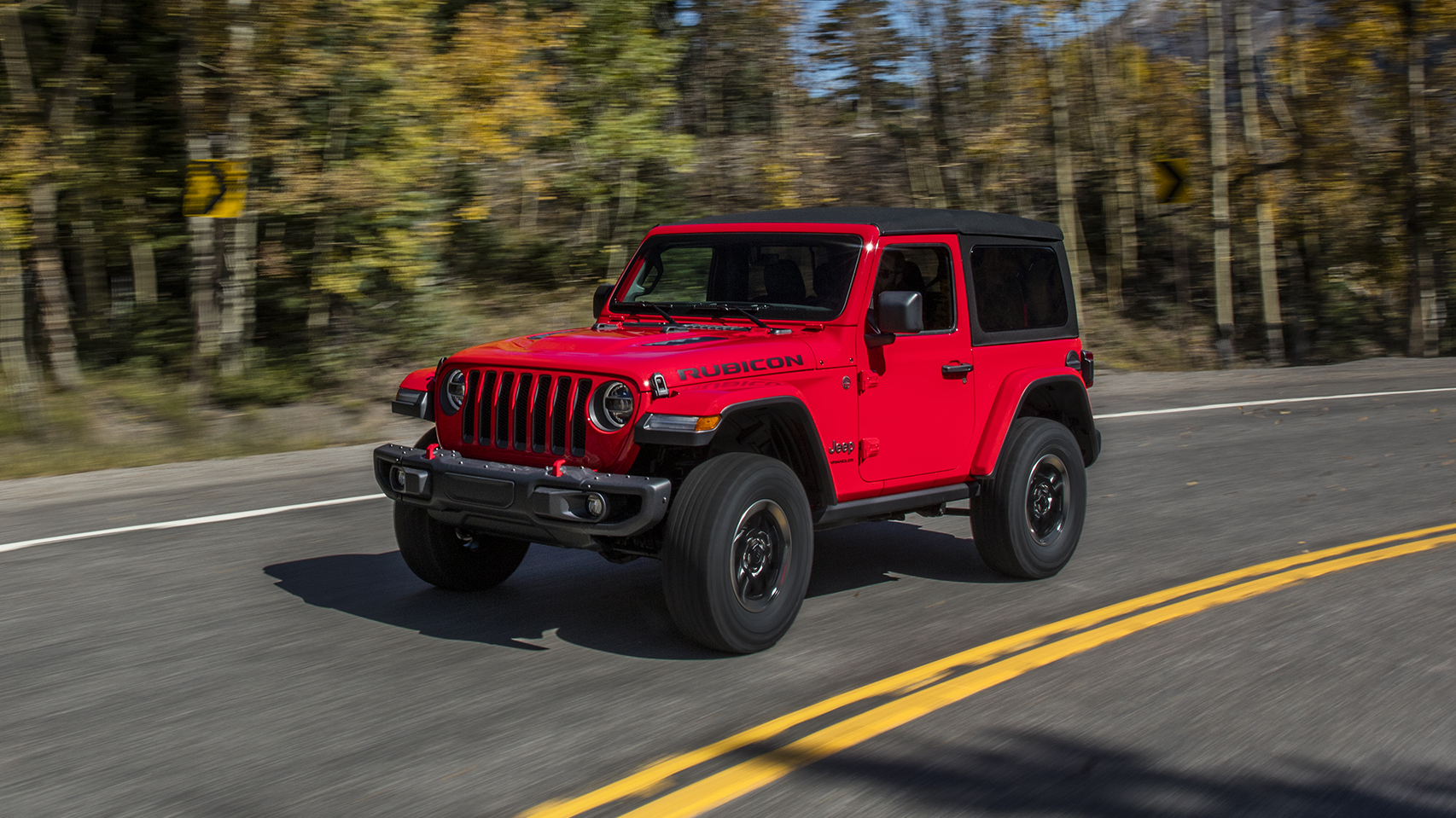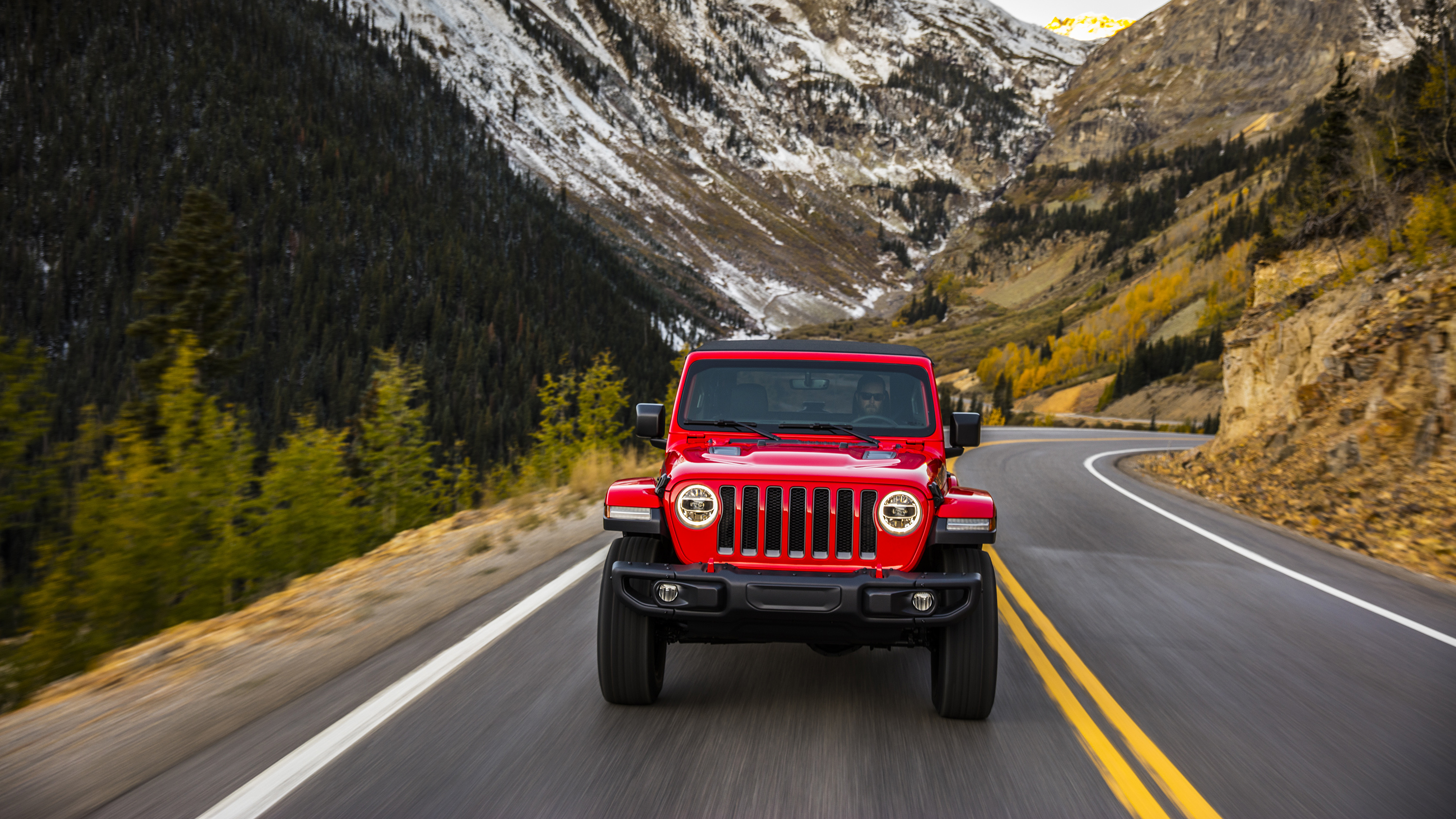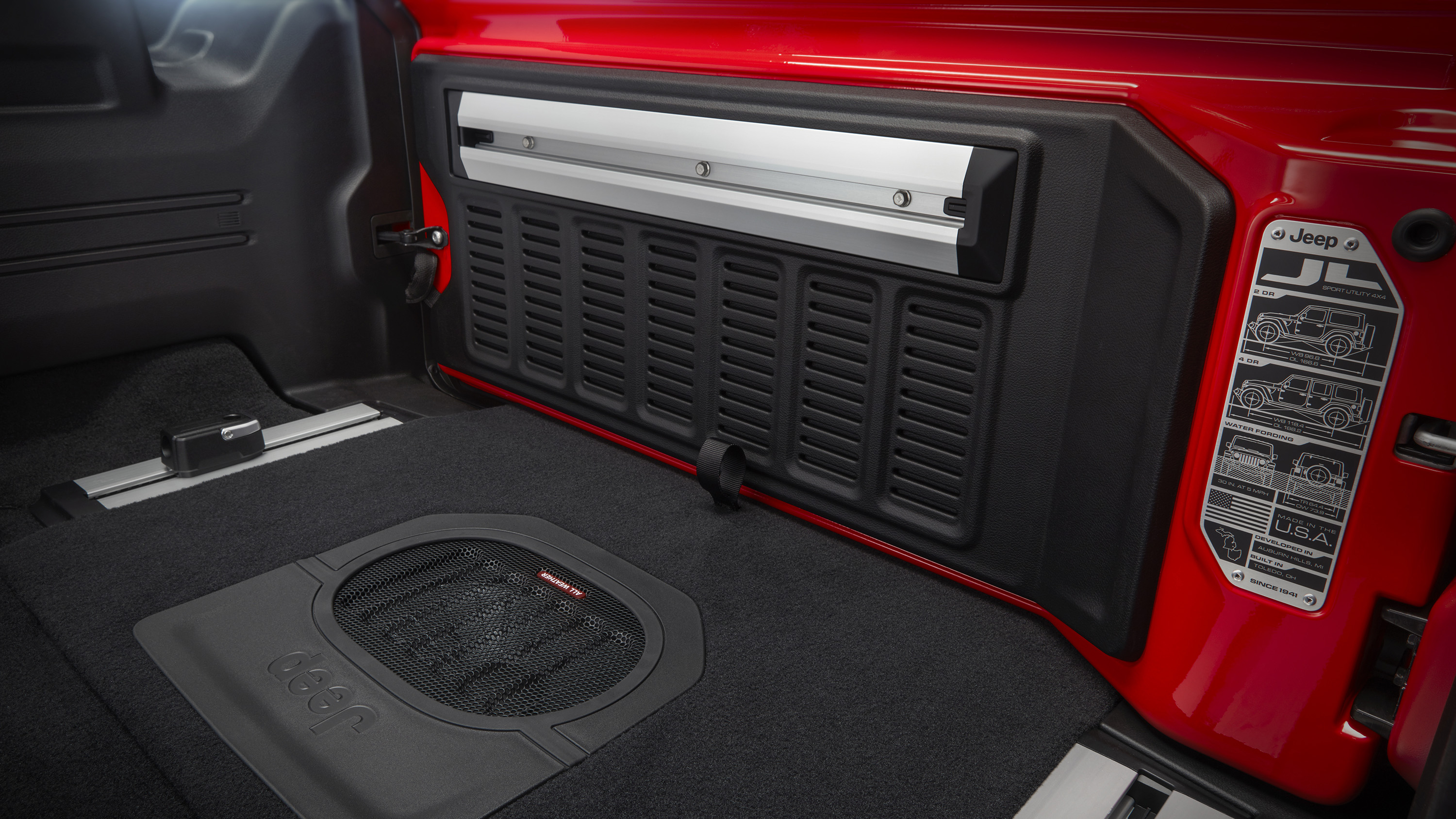
2018 Jeep Wrangler review: 'still a gold star performer'
Why are you showing me a Jeep Wrangler?
Look again. It might look much the same as the last one but this is the all-new 2018 version. When you have a shape that’s as baked into the brand as much as, say, the 911 is to Porsche, there’s very little sense in chucking it out and starting completely again.
The Jeep designers did look at more radical re-imaginings, as you would, but when the time came to pick the next gen car, it was a unanimous decision to stick with what they – and the market – knows. Just make it better in every way. Much better.
So what did they end up with?
This new JL model might, at first glance, look pretty much the same as the previous JK. But look again and you see the myriad of changes that have been made. The wheelbase is an inch or two longer, depending on the model, and the track is wider.
The roll centre has been raised and the shocks repositioned to ensure a taxi-like turning circle is retained. There’s a new roof mechanism, new engines, the doors still come off and the windscreen still folds – both of those latter tasks now taking seconds instead of requiring a minor engineering degree.
Tell me about that roof – how much easier is it really to use?
100 per cent. While the current one takes an origami master level of skill and patience to operate, this new one is a doddle to use. I say one, but there are now three options. The regular hard top with removable ‘freedom panels’. A retractable electric canvas roof that slides along the top frame rails. And the full canvas, rubber and plastic number. Instead of using a system of zips and Velcro, this now uses slide-in sections.
The main roof mechanism has now been re-engineered so that you just unlatch a couple of catches and fling it back. It’s a one-person operation, not the team-handed task it has traditionally been. The upshot being that you will probably use it 10x more now. Just because you can.
What’s it like to drive?
Top Gear
Newsletter
Thank you for subscribing to our newsletter. Look out for your regular round-up of news, reviews and offers in your inbox.
Get all the latest news, reviews and exclusives, direct to your inbox.
It might have a slightly longer wheelbase and a more sophisticated chassis, but the basic form of the Wrangler is the same as ever, so the dynamics are still what you’d expect of a short, tall, body-on-frame off-roader riding on 33-inch tyres.
On the road, that translates to a choppy ride and cornering that isn’t really something you’d do just for fun. The new electro-hydraulic steering takes a lot of the slop out of the system, but it’s still a light year away from anything you’d call good on anything other than on a Wrangler.
What engines are available?
The US gets a choice of the upgraded version of FCA’s 3.6-litre V6 with 280bhp and 260lb ft, or an optional 270bhp/295lb ft 2.0-litre four-cylinder engine with a mild-hybrid stop/start system. A 3.0-litre V6 turbo-diesel is on the way in 2019. In the UK we’ll get the V6, a different four-cylinder option, and the diesel. There is also going to be a hybrid version in a couple of years. Yes, even the Wrangler has to do its bit to lower its – and parent company FCA’s – overall fuel economy rating.
The V6 is available with a much-improved six-speed manual or an eight-speed auto that demonstrates what an utter relic the outgoing JK’s auto really is. The four-cylinder petrol and diesel Wranglers come with the auto only.
What about the interior?
This is the biggest improvement of all. Even though it retains the rugged, hose-out functionality you expect from an implement like the Wrangler, it now incorporates screens and switchgear from the 21st – not the 19th – century.
And most of it is new exclusively for this model, not carried over from elsewhere. The knobs are good and chunky, the switchgear heavy duty and the screens clear and unfussy. For a Wrangler enthusiast this is like 20 Christmases in one. For everyone else, a tidy job well done.
With all this modernisation, it hasn’t lost any of its off-road ability, has it?
No, not at all. Quite the reverse. In the upper spec Rubicon models there is still a full suite of high and low range boxes, disconnecting sway bars and front and rear lockers. All working with a satisfyingly mechanical feel. There’s no auto terrain control here. You, the driver, are the decision maker.
We tried both the V6 with both the gearboxes and the four-cylinder auto on the off-road course, and the results were nothing less than astonishing. The crawler gear in the manual Rubicon model is now an impossible sounding 84:1 – it’s 77.2:1 on the autos – which means you can effectively idle up the side of a rock face that most goats wouldn’t consider. Having that short wheelbase and absurd ground clearance, it can pick its way through boulder-strewn passes like no other car we’ve driven. So it’s still the gold star performer off-road.
Should I buy one?
Well, there are now fewer reasons not to. While a majority of JK owners are giving up any semblance of creature comfort, modernity and road manners in their quest to live their adventure dream lifestyle, the JL version has reduced a lot of the pain points and enhanced the whole experience in many agreeable ways. So, sure.
Prices: the 2018 Jeep Wrangler starts at $26,995. No word yet on UK pricing.
Featured

Trending this week
- Car Review
BMW 1 Series






